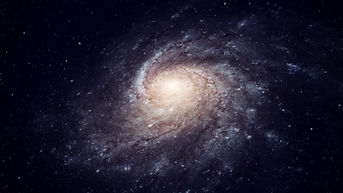
Photography - astronomy

Galaxies, marvels of the universe
The Andromeda Galaxy in the background is our neighboring galaxy and also belongs to the local group. The diameter is 142,000 light years and the distance to the Milky Way is 2.5 million light years.
For a long time it was believed that the Andromeda Galaxy also belongs to the Milky Way, and that this is the only galaxy in the universe. The same was true of other galaxies. It was believed that these nebula-like phenomena belong to the edge of the Milky Way. On the one hand, there was a lack of telescopes that had better light gathering and resolution, but there was also a lack of a method to determine their distance. The distance measurements based on triangulation were only possible within a hundred light years.
In 1924, Edwin Powell Hubble toppled these views. He observed a special class of stars, the Cepheids. These giant stars periodically change their enormous luminosity. Hubble knew how strong these stars shone where they were. He compared this radiation with that which still reached the earth. With that he could calculate their distances.
However, if the ingenious work had not been preceded by a woman, the old views of the universe would not have been overturned. It was thanks to Henrietta Swan Leavitt that distance measurements of up to ten million light years could be made with the Cepheid technique. She earned her living at the Harvard Observatory, where she evaluated photo plates. She recognized the periodic changes in the Cepheids.
Today we know that the universe is 13.8 billion years old and there are billions if not trillions of galaxies in it, because the universe goes beyond the visible range.
There are a variety of different galaxies. The three basic classes of galaxies are elliptical galaxies, spiral galaxies, and irregular galaxies.













